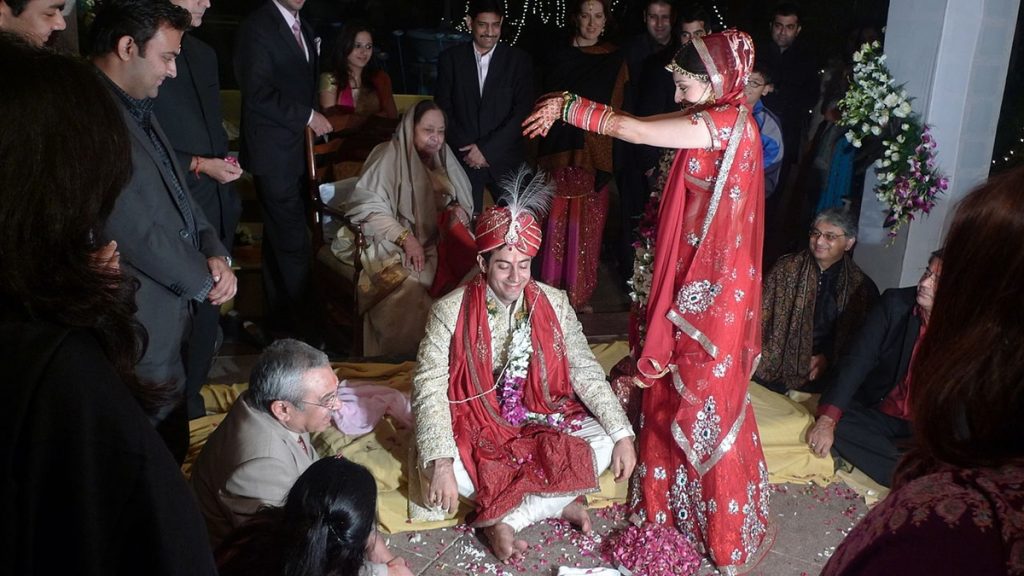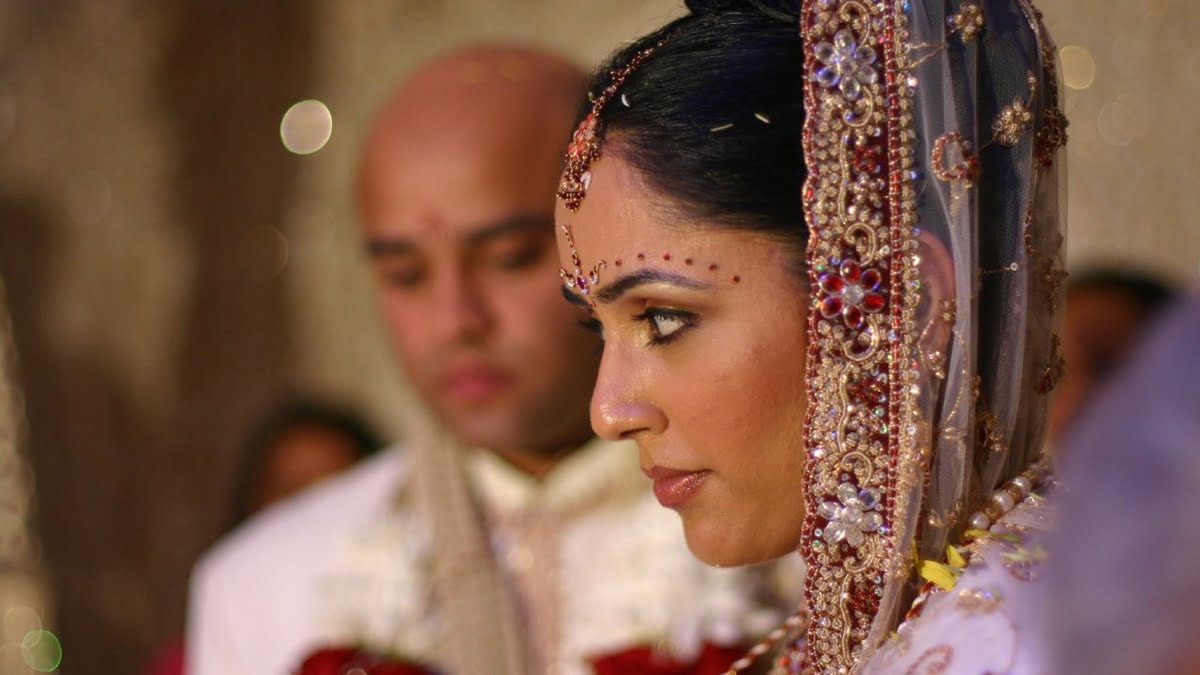When I got married, I was quite clear that I will not replace my surname with that of my husband’s. I did not even find the thought worth entertaining myself or discussing it with my husband. It was also largely a relief though, that women were no longer formally referred to as a Mrs. so and so. I found that there are other ways too, that my declaration of my marital status through my name would have quenched the curiosity of some rather inquisitive people, one of which was to suffix my husband’s full name to my first name. Like how in ‘Bade Achche Lagte Hain’, the female lead character played by Sakshi Tanwar introduced herself as ‘Mrs Priya Ram Kapoor’. And then, I saw a spurt in the number of women who nomenclatured themselves on similar lines, at least on Facebook. Whether they took the pains of going through the documentation process for changing the name that I am not aware of. Now, at a time when ‘agency’ and ‘free will’ are part of quotidian feminist lexicon, why would women want to define themselves by their husbands?
Also read: The Unspeakable Husband’s Name And The Tradition Of Silence
At a time when ‘agency’ and ‘free will’ are part of quotidian feminist lexicon, why would women want to define themselves by their husbands’ identities?
I will not deny that I had not tried hyphenating my husband’s last name to my own as an appendage, at least on social media. I too joined the bandwagon, but soon enough, stopped skirting with the idea and dropped his name. I thought of myself as the more progressive of the lot and embraced my name smugly as it was. To me, I was proud that I had put my foot down, not parting with the assertion of identity that my maiden name gave to be replaced by that of my husband’s after marriage. Yet, years later, I realised how there was no escaping this deeply-entrenched notion of women as the property of the men of the households. Till then, I was proud of being an individual in my own right, emphasising how my family name was as important as my husband’s. What I took a while to come around seeing was that my family’s name was my father’s family name which he had inherited from his father, who inherited from his, and so on. What I did not see was that I was a proud flag-bearer of the family name in which my mother had to subsume hers to uphold her husband’s!

I was proud of being an individual in my own right, emphasising how my family name was as important as my husband’s. What I took a while to come around seeing was that my family’s name was my father’s family name which he had inherited from his father, who inherited from his, and so on. What I did not see was that I was a proud flag-bearer of the family name in which my mother had to subsume hers to uphold her husband’s!
It is not just the subtle absence of one’s maiden name, a generation of women are being deprived of their identities. On one of the visits to my village, I along with one of my relatives were going to the other end. The usual questions from the village elderly, when they would spot us, were to know which caste, clan and then family one belongs to, if they already didn’t know. My relative, who was born and brought up there but was now married and had been visiting her native village, was asked who she was. by someone. She told that – and these are her exact words as far as I remember – “I am so and so’s granddaughter”. When that didn’t resonate with the elderly woman, she tried again, this time with her father’s name: “I am so and so’s daughter.” When that too didn’t work out, she tried with the name of her brother: I am so and so’s grandson’s sister. I was aghast. She had no introduction of her own. She was no one in her own native place. I did not want to begin to imagine how she manages to wade through her husband’s place. It was a big village and we left by telling the nearest landmark to her home.
Rebecca Solnit, in her essay ‘Grandmother Spider’, discusses how a friend of hers found her genealogy tracing back a thousand years, ‘… but no women exist on it. She just discovered that she herself did not exist. But her brothers did. Her mother did not exist, and nor did her father’s mother. Or her mother’s father. There were no grandmothers…’.
Also read: Women Should Be Younger Than Their Husbands And Other Lessons Of Patriarchy
Rebecca Solnit, in her essay ‘Grandmother Spider’, discusses how a friend of hers found her genealogy tracing back a thousand years, ‘… but no women exist on it. She just discovered that she herself did not exist. But her brothers did. Her mother did not exist, and nor did her father’s mother. Or her mother’s father. There were no grandmothers…’. The lineage goes from fathers to sons and then to grandsons. She argues that in the chain, women are made to disappear on paper and in history.
Have we missed that history of an entire sex is missing? It is time the outline of women does not just appear as silhouettes against the more defined identities of men, but starts to show her own contours in varied hues and not just pastels.
Mehak Nain is a government servant. An avid reader herself, she loves to read storybooks with her son and is a gender studies student. The views expressed above are personal. She can be found on Facebook, Twitter and Instagram.
Featured Image Source: Wikipedia





well written Mehak NAIN